The visionary Swiss engineer who changed the face of New York
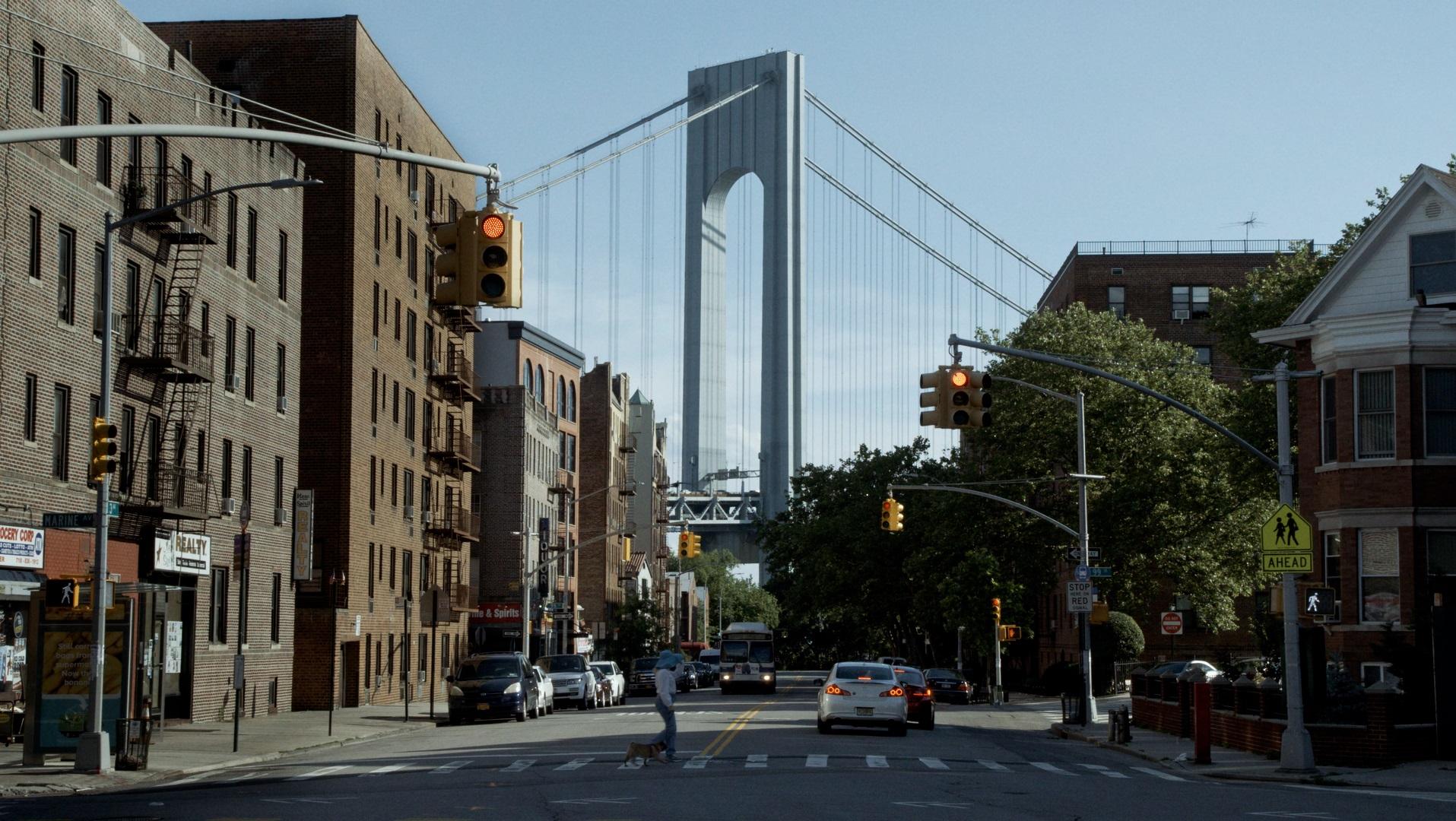
Othmar Ammann designed and built many of New York City’s iconic bridges and redefined the art of bridge-building. An award-winning Swiss documentary, Gateways to New York, tells the story of “Switzerland’s man in America”.
“It all started when European television station Arte asked me to research unsung Swiss heroes,” says the film’s director, Martin WitzExternal link. “So I found a number of people who I didn’t think were as famous as they should be.”
These included car-maker Louis Chevrolet, Swiss diplomat Carl Lutz, who saved tens of thousands of Jews in Budapest during the Second World War, and pilot Victor Hug, who in 1946 was the first person to land a rescue plane on a glacier.
“I also proposed Othmar Ammann,” Witz told swissinfo.ch during the Solothurn Film FestivalExternal link, where his film won the Audience Award. “But when I was preparing all these names, I thought Ammann might be worth more than 25 minutes of television. So I started to develop a bigger screen treatment. And I think I was right! He’s easily worth 90 minutes.”
Ammann (1879-1965) left for the United States in 1904, having recently graduated in engineering from what is now the federal technology institute ETH Zurich.
“In the beginning he didn’t want to emigrate to America; he just wanted to go and do some internships. His professor recommended him as a very talented student and told him he’d learn more in one or two years in America than he ever would in ten years in Switzerland,” Witz explained. “So he went over – and got stuck!”
This was because he quickly became very much in demand. “He spoke several languages, had an ETH Zurich background, had spent many years as first assistant of Gustav Lindenthal, the foremost engineer at the time – and bridges were needed!”
Carpe diem
Ammann was often in the right place at the right time, according to Witz. The early 20th century, especially the Roaring Twenties, saw a boom in motorisation, urbanisation and a consumer society.
“Although he had this very Swiss appearance and behaviour of being modest and a little withdrawn – a bit nerdy too, maybe – he knew exactly where his chances lay and how he could grab them. There were these two sides to him: shy and Swiss, but also ‘go for it’,” Witz said.
“He got better jobs, more responsibility and [in 1925] finally the chance to make his own statement: the George Washington Bridge. That was his breakthrough.”

The George Washington Bridge spans the Hudson River, connecting the Washington Heights neighbourhood of Manhattan in New York City with the borough of Fort Lee in New Jersey. When it opened in 1931, its span of 1,067 metresExternal link (3,500 ft) made it the first suspension bridge with a span of more than one kilometre. It remains the suspension bridge with the most lanes of traffic (14 in total on two levels) and is still the busiest bridge of any kind in the worldExternal link with more than 100 million vehicles crossing it every year.
“Ammann’s pioneering contribution in his first bridge, George Washington, was that he was able to extend the limit span – he doubled it!” Tom F Peters, a construction historian and architect, told swissinfo.ch. The record had previously been held by the Ambassador Bridge between Michigan and Ontario, measuring 564 metres.

“There were several aspects to his feat. The first was to move the site uptown. This saved costs because destroying a large part of downtown for on- and off-ramps would have been both self-defeating and financially prohibitive. The second was to make, in the first stage, a light bridge with one deck and four lanes that could be expanded and even doubled with a lower deck to be added later if needed,” said Peters, who appears in Gateways to New YorkExternal link.
“This staging – in other words looking at a bridge as a life-cycle issue rather than as a single, one-time, monumental effort – was a ‘Swiss’ solution. This has to do with the Swiss military tradition: sapper officers were typically recruited from young civil engineers, and military officers are trained not only to build bridges, but to destroy them too!”
Peters points out that their training at ETH Zurich was conditioned by this life-cycle approach to construction, in contrast to other engineering cultures. “In fact, until recently, all Swiss bridges were designed with built-in chambers to mine them for destruction in times of war!”
‘Seat of grace’
Peters says another issue was the elegance of Ammann’s design. “In typical Swiss manner he strove for simplicity and clarity in design and in calculation. This was both a personal issue for Ammann and a cultural one.”
Swiss designer Le Corbusier, one of the pioneers of what is now known as modern architecture, was a big fan. “The George Washington Bridge over the Hudson is the most beautiful bridge in the world,” he wrote in When the Cathedrals were WhiteExternal link in 1937.
“Made of cables and steel beams, it gleams in the sky like a reversed arch. It is blessed. It is the only seat of grace in the disordered city. […] When your car moves up the ramp the two towers rise so high that it brings you happiness; their structure is so pure, so resolute, so regular that here, finally, steel architecture seems to laugh.”
Witz points out that the modern, naked look that thrilled Le Corbusier so much had in fact been forced on Ammann by the Great Depression, which hit right in the middle of construction and required he save money. In the end, he dropped the planned stone shell, leaving the steel skeleton visible.
“After this benediction by Le Corbusier, Ammann realised he could reduce form according to the engineering demands and functions,” Witz says. “He was free. He no longer had to worry about jobs.”
‘Ammann in New York’
Over the next 35 years, Ammann designed many of the most famous bridges that connect New York City to the rest of the United States.
Not only were his bridges famous, Ammann became a star too.
“He became somebody in America and it also reflected back to Switzerland,” Witz said. “He was Our Man in America – the one who made it. He was hugely known and idolised by my grandparents’ generation. He was ‘Ammann in New York’. Maybe not as much as Federer today, but a bit like that.”
Not that he turned his back on Switzerland. “He could increasingly afford trips to Switzerland once a year, sometimes even twice a year. He loved Pontresina and Zermatt. When the Second World War broke out, he stopped working and told his boss that he had to go home and join the army and fight. He spent some weeks in Andermatt as a lieutenant. When it turned out that Switzerland hadn’t been directly attacked, he returned to the US. But he really was a patriotic man.”
He was also a family man, with two sons and a daughter. “He had a really disciplined way of working,” Witz says. “He went to work relatively early in the morning, stopped work at 5pm, went home, worked in the garden, played with the kids. He was a loving husband.”
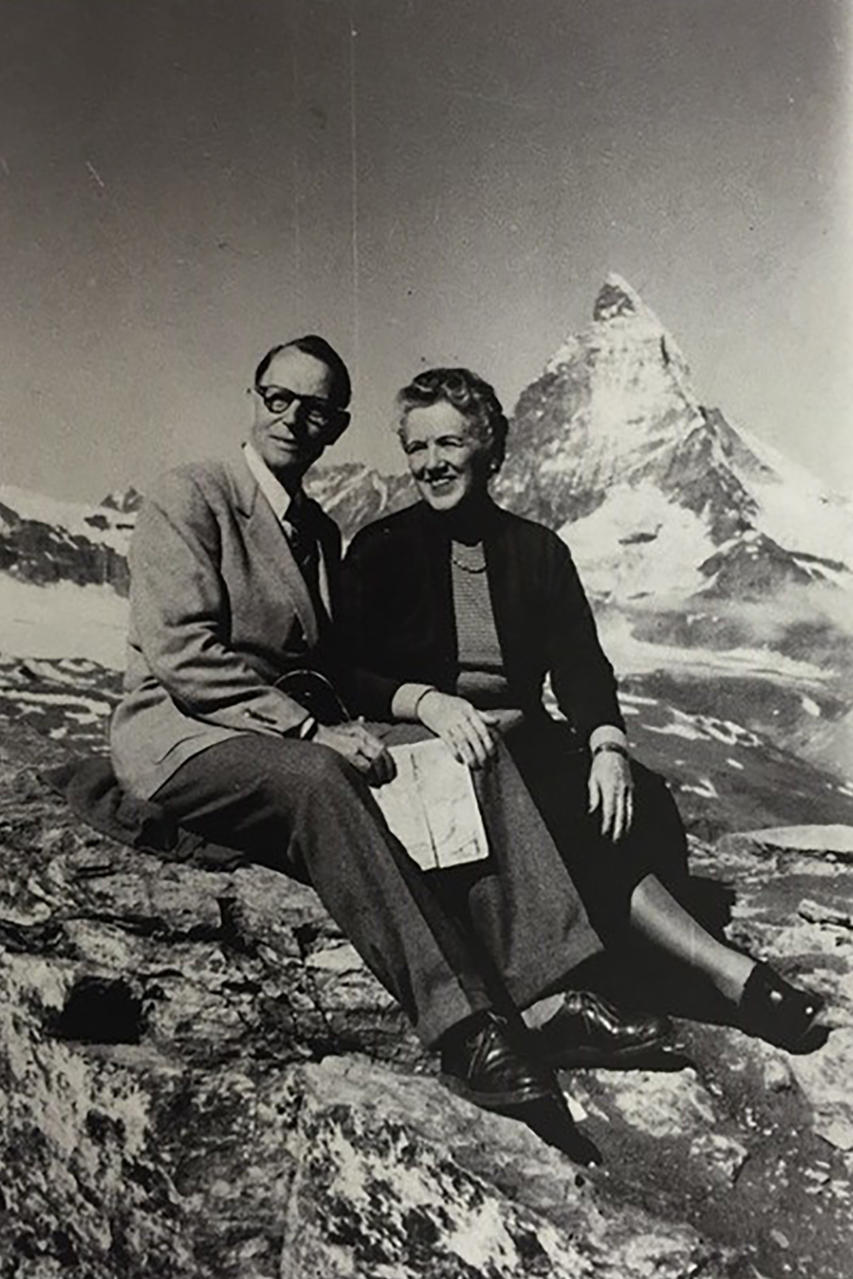
In the film, Ammann’s daughter Margot, in an interview from 2006, explains how her parents had an apartment in The Carlyle hotel in Manhattan that looked north, east and west. “Every night before going to bed father would say, ‘I have to say good night to my girls!’. And he looked out toward his George Washington Bridge and then down to the Verrazzano-Narrows Bridge.”
Masterpiece
Asked to name his favourite Ammann bridge, Witz picks the 1,298-metre Verrazzano-Narrows Bridge: “it’s a very, very beautiful and huge structure which is profoundly elegant”.
Ammann was 80 when he started it, “but he knew this would be his masterpiece in beauty, in perfection of his concept of developing the form out of construction. It was the climax of his professional development as a pioneering engineer. He died a year after it opened”.
In 1934 the New Yorker wrote: “It’s a pity Ammann can’t live for another 100 years because then he could build a bridge across the ocean.”
‘Gateways to New York’ will be released in Swiss cinemas on April 4. There are plans for a US cinema distribution and an English-language DVD.
1879: Born in Feuerthalen, northern Switzerland
1902: Graduates from ETH Zurich
May 5, 1904: Arrives at Ellis Island, New York
1905: Marries Lilly Wehrli (d. 1933), who joins him in the US
1924: Becomes a naturalised US citizen
1925: Receives green light for his George Washington Bridge
1930: Visits Switzerland to receive honorary doctorate from ETH Zurich – with Albert Einstein
October 24, 1931: Opening ceremony for George Washington Bridge
1935: Marries Kläry Nötzli
1959: Work begins on the Verrazzano-Narrows Bridge
1964: Receives the National Medal of Science from President Lyndon B Johnson in the West Wing of the White House. It was the first time the medal had been given to a civil engineer; opening of the Verrazzano-Narrows Bridge
1965: Dies in Rye, New York
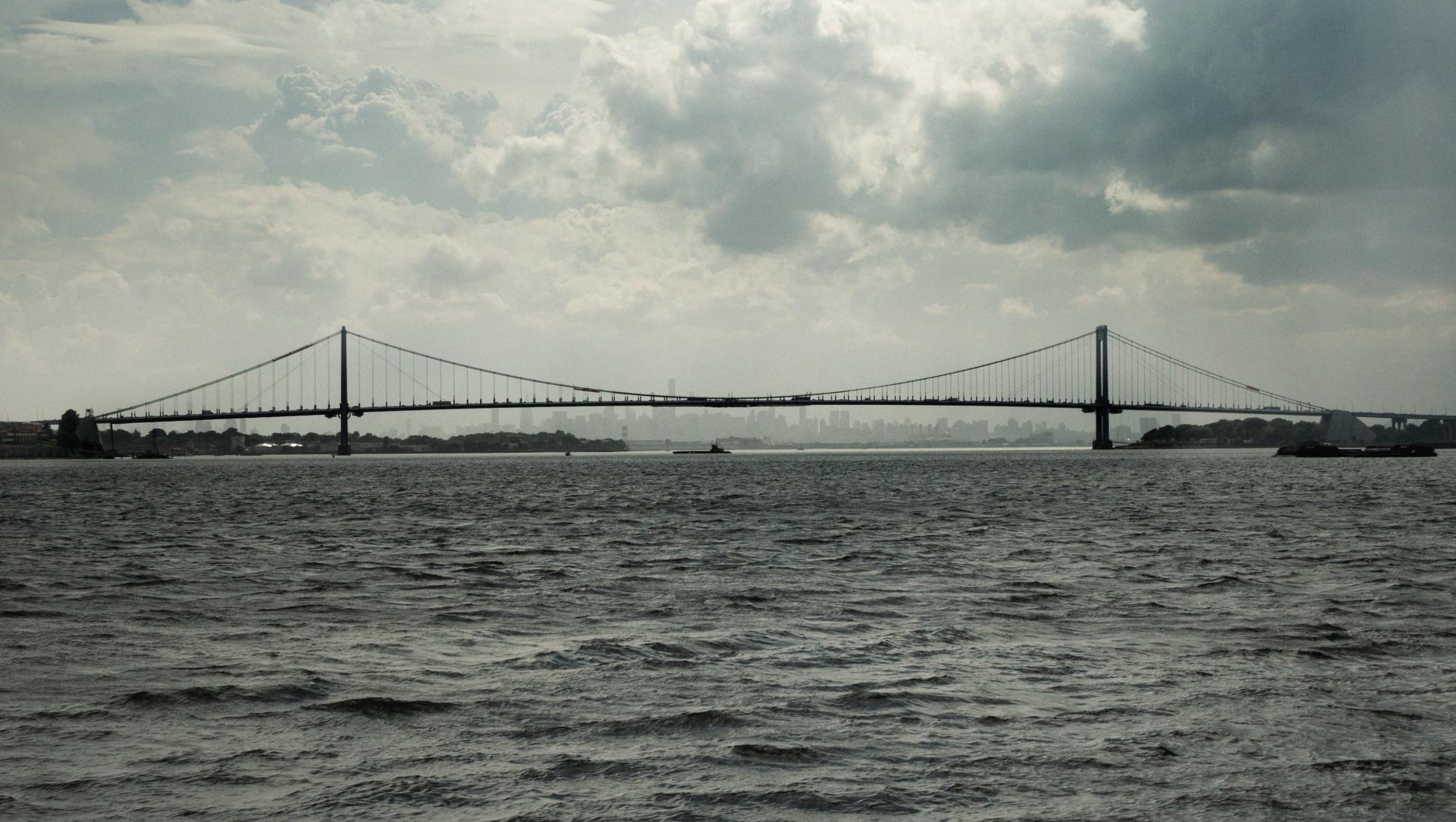
More
Big bridges in the Big Apple

In compliance with the JTI standards
More: SWI swissinfo.ch certified by the Journalism Trust Initiative

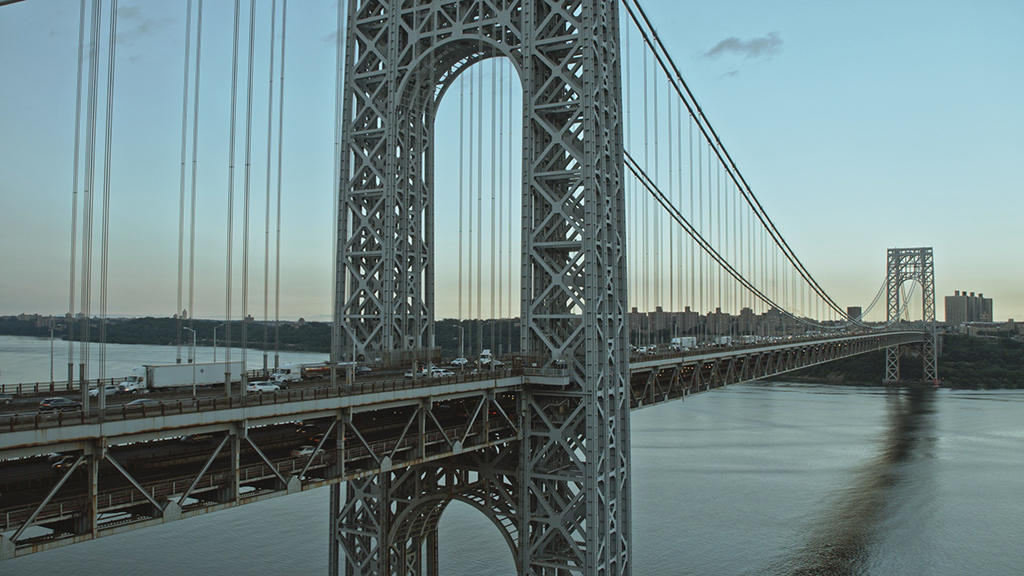


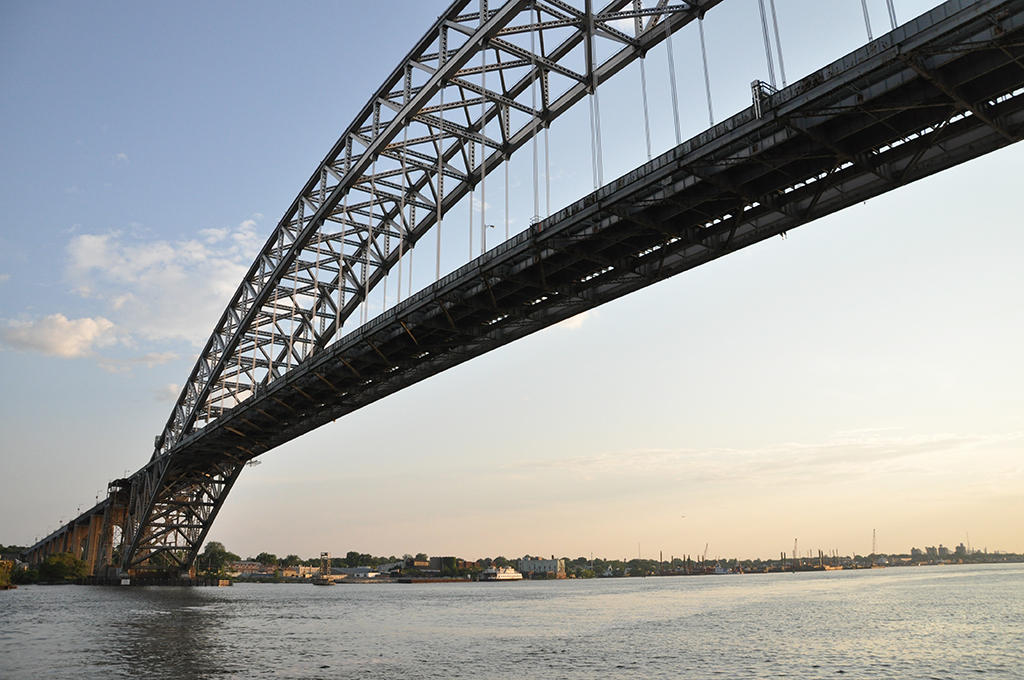


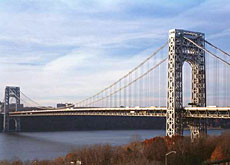
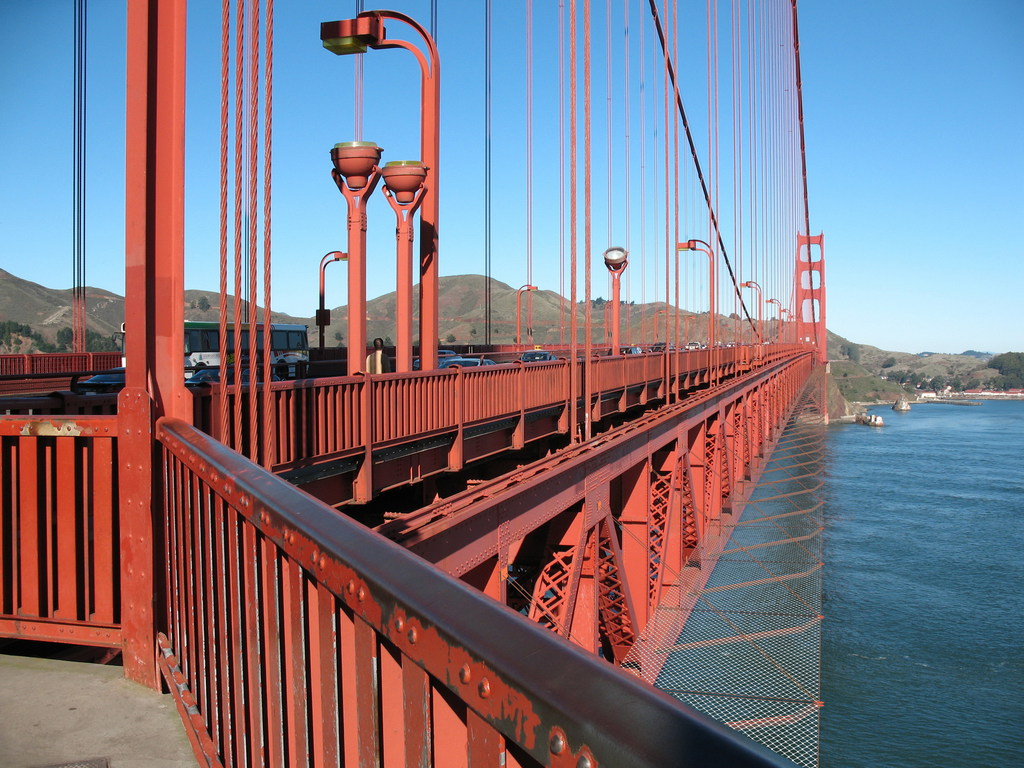
Join the conversation!